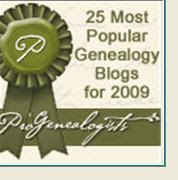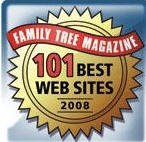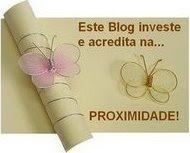Mary Shultz of Schererville recently acquired two unique photographs -- one of her great-great-grandfather in his Sunday finery, and another of him with one of his friends.
Although the pictures aren't unusual, the tintype on which they are printed certainly is. Shultz recently attended a program at the Lake County Public Library in Merrillville called "Repairing and Dating Family Heirlooms" to see what could be done with the tintype items, plus other photos dating to the late 1880s and early 1900s.
"There are a lot of pictures I need to work on," she said of her new quest to preserve family history. "I came here to see where I should start and what I can do."
The two-session event was co-sponsored by the library and the Northwest Indiana Genealogical Society.
Eric Basir, a teacher and author of "Digital Restoration Book 1," led the program. Basir owns a retouching studio in Evanston, Ill., and sponsored the launch of Lostandfoundphotos.net, a free service to provide a forum for genealogists to identify lost or unknown photos. He serves the genealogical community as a teacher and writer of "Ask the Retoucher," a column for genealogical publications.
Basir used photographs of audience members to demonstrate the techniques. In a nutshell, a photo is scanned into a computer, then digitally altered. To do this at home, one needs a flatbed scanner and a graphics software package. Restored photos can be saved on a computer or CD and printed as needed.
With the advent of graphics software, genealogists can do this themselves. Previously, one would have to pay large amounts to retouch or restore an image.
In addition to Basir's presentation, there was a traveling exhibit from the Indiana Historical Society. "A Perfect Likeness: Care and Identification of Family Photographs" focused on identifying and caring for such common 19th-century photographic formats as the daguerreotype, tintype and cabinet card. The exhibit was co-sponsored by the Lake County Historical Museum.
Check with your own library and see if it carries genealogy magazines such as those listed above. Libraries usually respond to patrons' requests, so if your library doesn't offer them, request that they be offered. You might also suggest that a similar program on high-tech photograph restoration be offered. Contact your local genealogy society or historical society and see if they can schedule, co-host or sponsor such a program.





































No comments:
Post a Comment